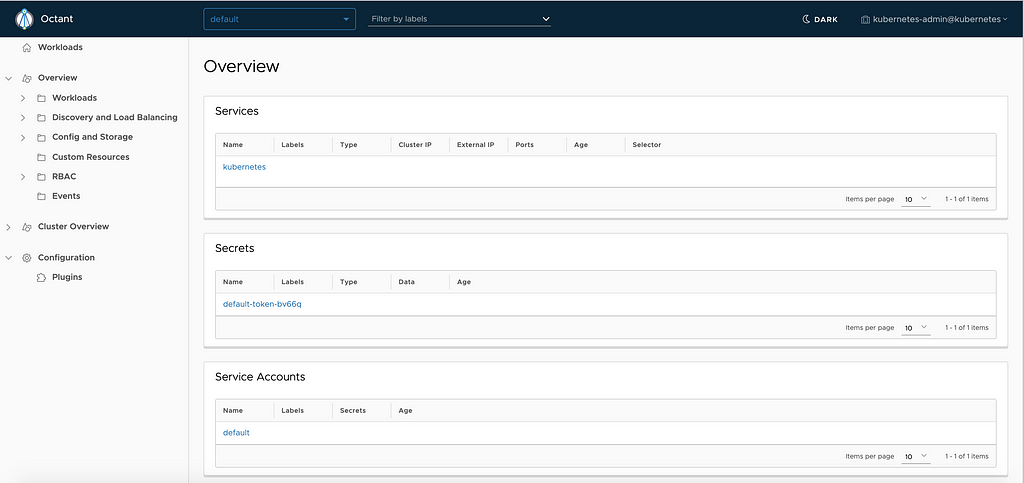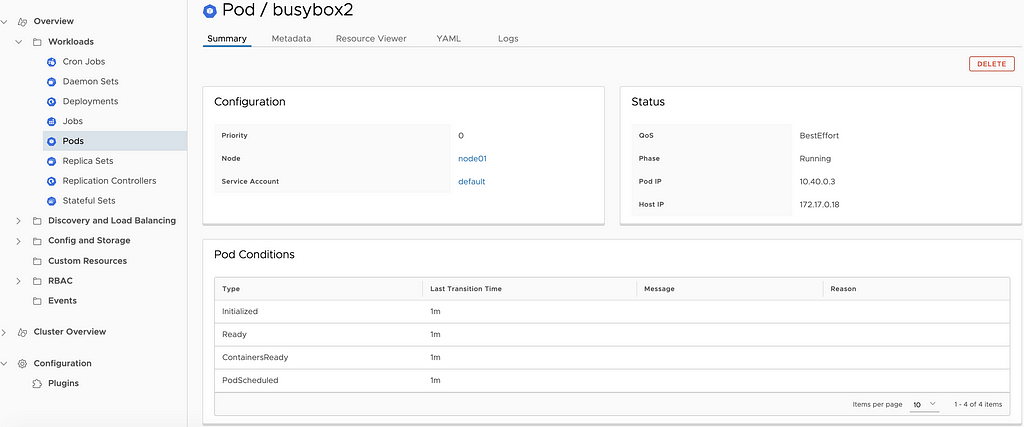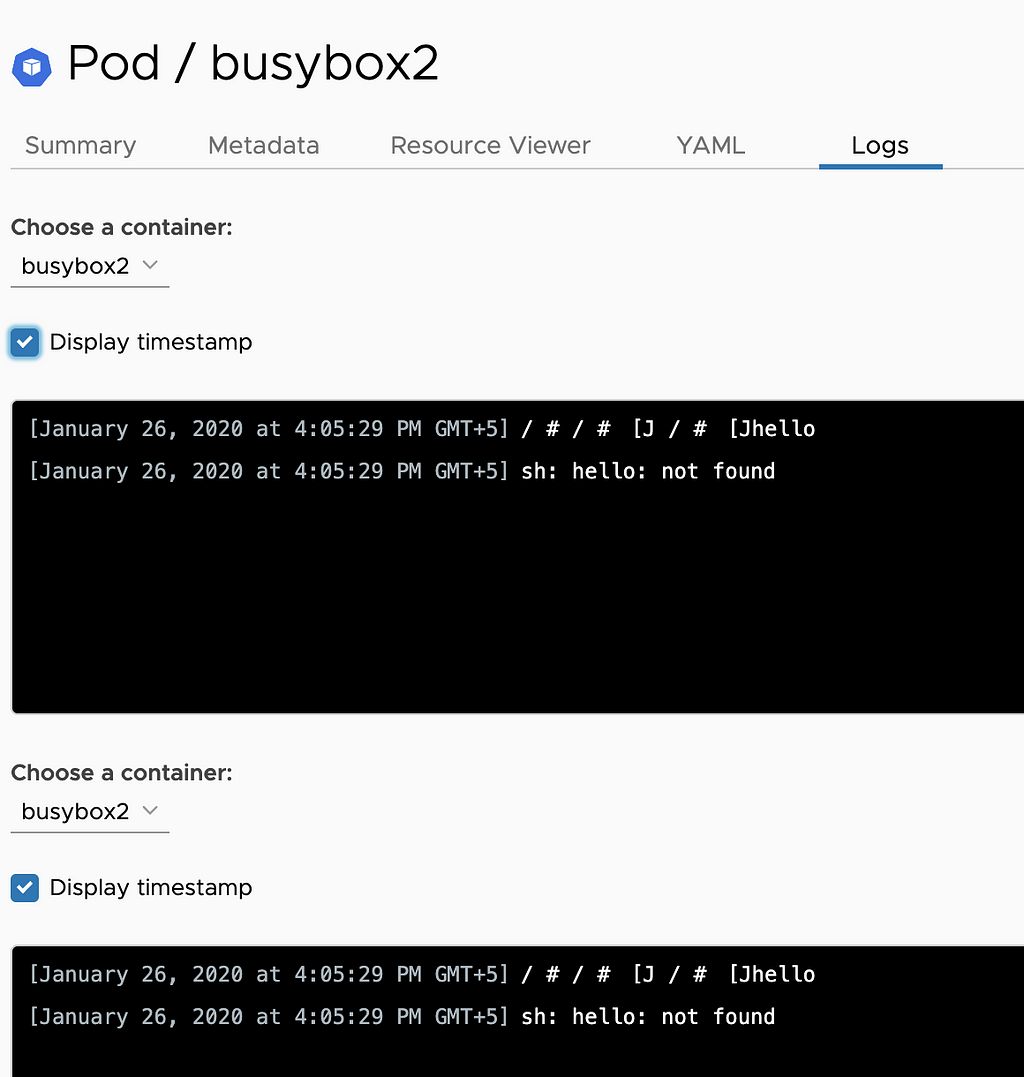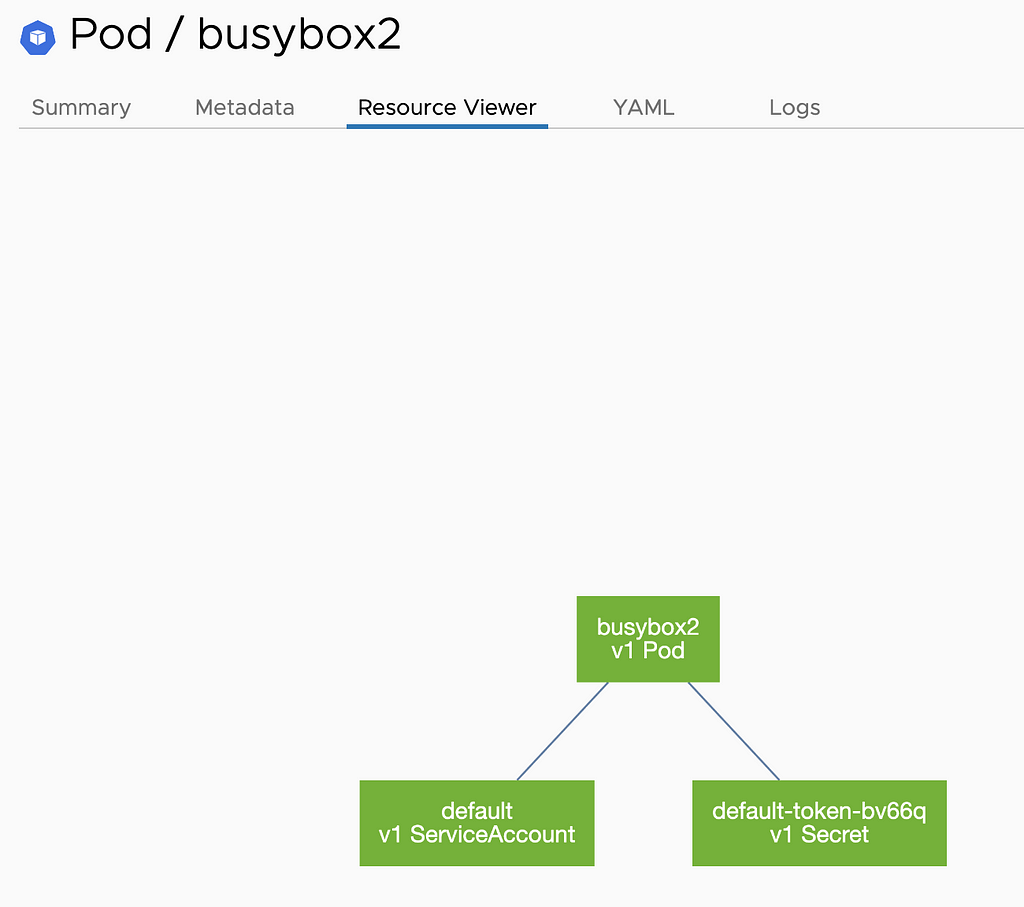
A Quick overview and install in less than 5 minutes
Definition From the Docs :
Octant is a tool for developers to understand how applications run on a Kubernetes cluster. It aims to be part of the developer’s toolkit for gaining insight and approaching complexity found in Kubernetes. Octant offers a combination of introspective tooling, cluster navigation, and object management along with a plugin system to further extend its capabilities.
Octant is one of the recent projects by VMware that aims to simplify the kubernetes view for developers. Now the developers would be able to see what all is happening in the cluster when they are deploying their workloads.
Let us setup Octant on a Katakoda cluster and see what all capabilities it provides out of the box to the Developers.
This tutorial is a quick overview of the latest version of the octant recently launched by the team which is v0.10.0.
Steps:
1: Got to- https://www.katacoda.com/courses/kubernetes/playground
2: Download the latest octant release v0.10.0
master $ wget https://github.com/vmware-tanzu/octant/releases/download/v0.10.0/octant_0.10.0_Linux-64bit.tar.gz
master $ ls
octant_0.10.0_Linux-64bit.tar.gz
# Run
master $ tar -xzvf octant_0.10.0_Linux-64bit.tar.gz
octant_0.10.0_Linux-64bit/README.md
octant_0.10.0_Linux-64bit/octant
# Verify
master $ cp ./octant_0.10.0_Linux-64bit/octant /usr/bin/
master $ octant version
Version: 0.10.0
Git commit: 72e66943d660dc7bdd2c96b27cc141f9c4e8f9d8
Built: 2020-01-24T00:56:15Z
Run Octant– In order to Run octant you can run the Octant command, by default it runs on localhost:7777and if you need to pass additional arguments (like running on a different port) run
master $ OCTANT_DISABLE_OPEN_BROWSER=true OCTANT_LISTENER_ADDR=0.0.0.0:8900 octant
2020-01-26T10:17:29.135Z INFO module/manager.go:79 registering action {"component": "module-manager", "actionPath": "overview/serviceEditor", "module-name": "overview"}
2020-01-26T10:17:29.135Z INFO module/manager.go:79 registering action {"component": "module-manager", "actionPath": "overview/startPortForward", "module-name": "overview"}
2020-01-26T10:17:29.136Z INFO module/manager.go:79 registering action {"component": "module-manager", "actionPath": "overview/stopPortForward", "module-name": "overview"}
2020-01-26T10:17:29.137Z INFO module/manager.go:79 registering action {"component": "module-manager", "actionPath": "overview/commandExec", "module-name": "overview"}
2020-01-26T10:17:29.137Z INFO module/manager.go:79 registering action {"component": "module-manager", "actionPath": "overview/deleteTerminal", "module-name": "overview"}
2020-01-26T10:17:29.138Z INFO module/manager.go:79 registering action {"component": "module-manager", "actionPath": "deployment/configuration", "module-name": "overview"}
2020-01-26T10:17:29.139Z INFO module/manager.go:79 registering action {"component": "module-manager", "actionPath": "overview/containerEditor", "module-name": "overview"}
2020-01-26T10:17:29.140Z INFO module/manager.go:79 registering action {"component": "module-manager", "actionPath": "octant/deleteObject", "module-name": "configuration"}
2020-01-26T10:17:29.140Z INFO dash/dash.go:391 Using embedded Octant frontend
2020-01-26T10:17:29.143Z INFO dash/dash.go:370 Dashboard is available at http://[::]:8900
You can see that Octant has started, now open port 8900 on Katakoda kubernetes playground to see the Octant dashboard.
In order to open port from Katakoda click on the + and select View HTTP port 8080 on Host 1 and change the port to 8900




As you can see whole of the cluster is visible with easy to navigate options. you can navigate through the namespaces, see the pods running. Just run a few pods
kubectl run nginx --image nginx
kubectl run -i -t busybox --image=busybox --restart=Never
Now go to the workloads section and you can see the pods. Getting into the pods will give a much deeper look. Let us take a full view at busybox pod and see what all things you can easily see via the octant dashboard.



You can see how easy it is to view the logs, connected resources, overall summary, and the YAML file.
Another thing you can do with Octant is, have your own plugins and view them in octant for added functionality
This was a brief overview of Octant and how you can set up on a katakoda cluster in less than 5 minutes
Octant Documentation: https://octant.dev/docs/master/
Octant other communication channels for help and contribution:
Kubernetes Slack in the #octant channel
Google group
GitHub issues
Saiyam Pathak
https://www.linkedin.com/in/saiyam-pathak-97685a64/
https://twitter.com/SaiyamPathak
Octant Simplified was originally published in Kubernauts on Medium, where people are continuing the conversation by highlighting and responding to this story.
Mehr zu Kubernetes Services, Kubernetes Training und Rancher dedicated as a Service lesen unter https://blog.kubernauts.io/octant-simplified-313a1aad69d6?source=rss—-d831ce817894—4
